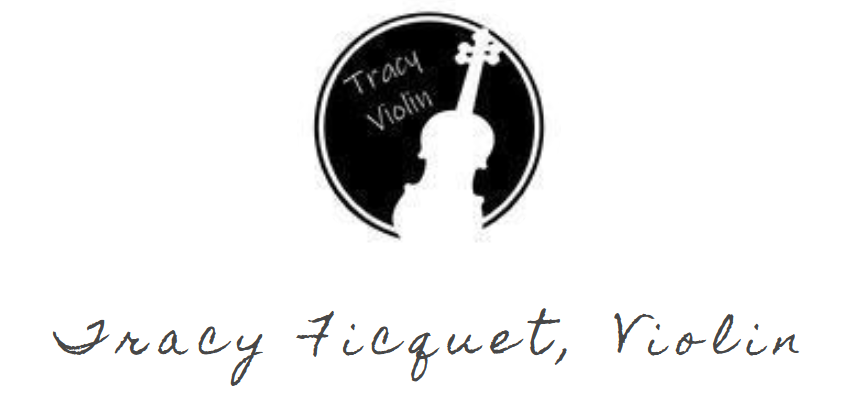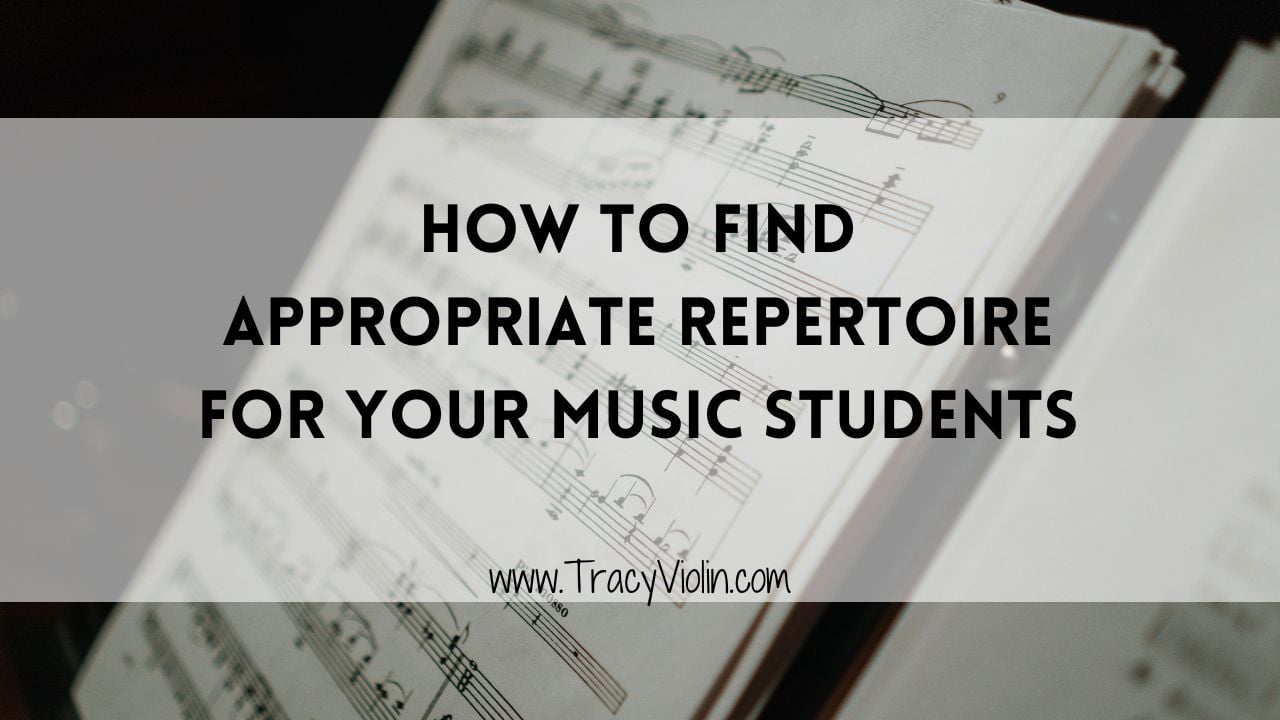Finding appropriate repertoire for students' skill levels is crucial for keeping them engaged and challenged while ensuring they can successfully learn and perform the music. Here are some steps orchestra teachers can take to find engaging pieces:
1. Assess Student Skill Levels: Before selecting repertoire, assess your students' technical abilities, sight-reading skills, and musical comprehension. Consider factors such as range, difficulty of rhythms, shifting, bowing techniques, and overall ensemble proficiency.
2. Consult Graded Repertoire Lists: Many music education organizations publish graded repertoire lists for various instruments and ensemble levels. Examples include the American String Teachers Association (ASTA) String Orchestra Graded Music List and state-specific music education association websites.
3. Explore Educational Music Publishers: Music publishers specializing in educational repertoire often categorize their pieces by difficulty level. Explore catalogs from publishers such as Alfred Music, Hal Leonard, FJH Music, and Kendor Music.
4. Utilize Online Resources: Websites like JW Pepper, Sheet Music Plus, and Shar Music offer extensive catalogs of sheet music for orchestras, searchable by difficulty level, genre, and instrumentation.
5. Attend Conferences and Workshops: Music education conferences and workshops often feature sessions focused on repertoire selection. Attendees can discover new pieces, hear recommendations from experienced educators, and explore emerging trends in orchestral literature.
6. Network with Colleagues: Connect with other orchestra teachers in your region or online communities to exchange repertoire recommendations and share experiences. Social media platforms like Facebook groups and forums such as Reddit's r/orchestra can be valuable resources.
7. Consider Student Preferences: Engage students in the repertoire selection process by soliciting their input and considering their musical interests. Incorporating familiar tunes or popular music arrangements can enhance student motivation and enthusiasm.
8. Balance Familiarity and Challenge: Select a mix of familiar pieces and new challenges to keep students engaged and motivated. Introduce them to different musical styles, composers, and cultural traditions while ensuring the difficulty level is appropriate for their skill development.
9. Provide Performance Opportunities: Consider the performance context when selecting repertoire. Choose pieces suitable for concerts, competitions, festivals, or themed events, and ensure they showcase the ensemble's strengths while challenging them to grow as musicians.
By following these steps and staying attuned to students' abilities and interests, orchestra teachers can find repertoire that is both suitable for their skill level and engaging for their musical development.




Comments ()